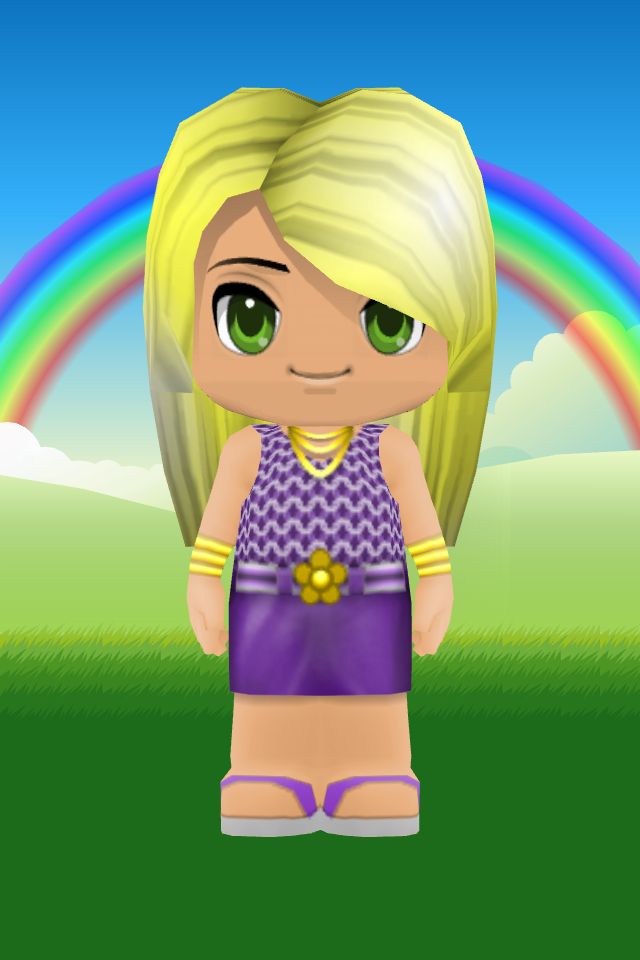This statement stresses the importance of
ensuring that not only are visual texts used as a source of sharing
information, but also the need to ensure that the ability to interpret, use and
create visual texts is taught across all education sectors.
As it becomes easier to access, share and
download all manner of images, there is increasing access to online
repositories of images. Flickr makes this possible while enabling
collaborative ways to share and interact with images, either with a select
group or beyond our immediate circle of friends.
I am very interested in providing students
with the chance to create and edit images as a form of communication. Big Huge Labs and iPiccy are 2 free websites
that offer a range of editing modes to modify and create new images. The edited
images can be downloaded and saved directly to a variety of devices for
students to then use these images in various ways or they can be shared via
social media.
The original image on the left had 2
different effects applied to it using the Big Huge Labs website. This activity
could be used in art classes for students to demonstrate different artistic
techniques or students could change the mood of an image to more closely
reflect the mood of a narrative they have written.
Again the original image was edited on the
iPiccy website to give more of a stencil impression. This website offers a
greater range of editing tools, but would need more instruction to use to its
full capacity. An excellent tool for older students to become familiar with.
Dr Anne Bamford. (2003). The Visual literacy white
paper, Adobe Systems Pty Ltd, Australia, retrieved 12th May 2014 from
http://wwwimages.adobe.com/www.adobe.com/content/dam/Adobe/en/education/pdfs/visual-literacy-wp.pdf




No comments:
Post a Comment